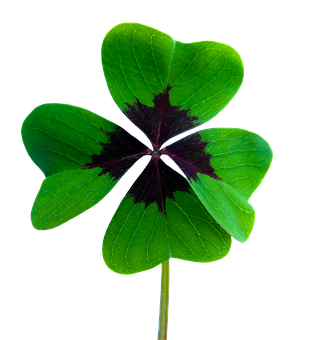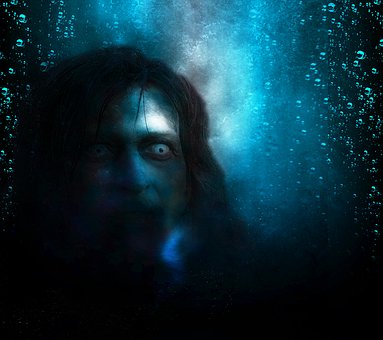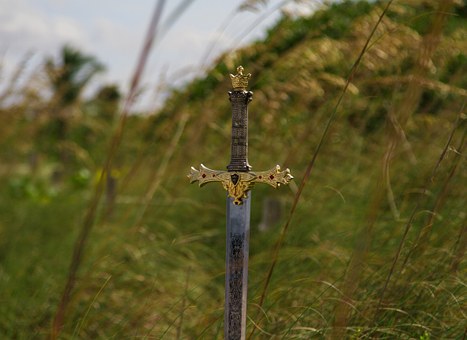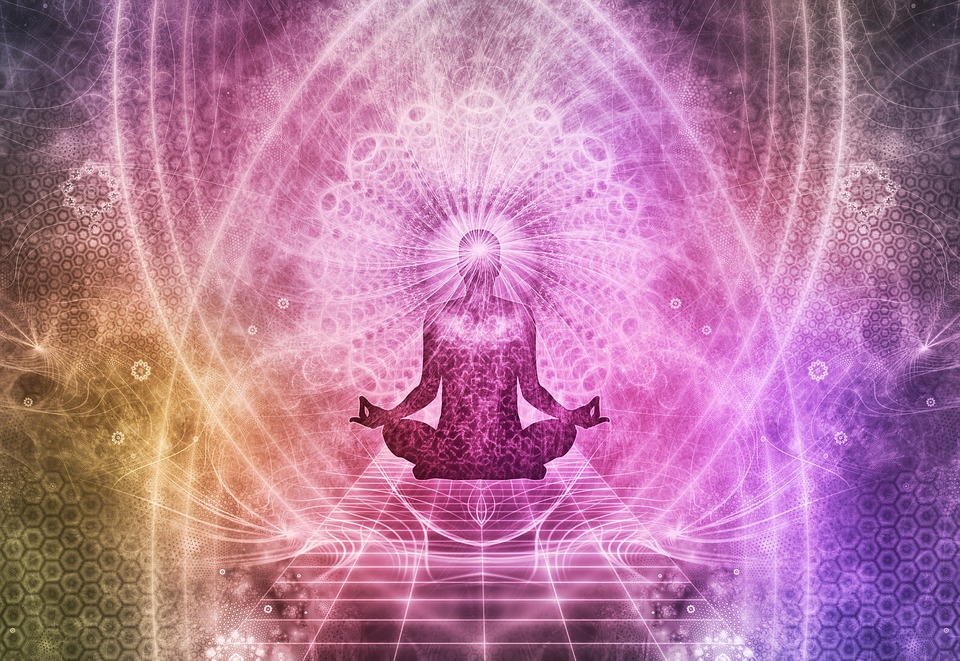Many people wonder how magick works. To the non-believer, they say that there is no proof that spells work.
And those abilities such as telekinesis are illusionary or product of imagination. They ask us to use scientific means to explain how exactly these spells are supposed to work. The scope of this essay is to explain just that.
Continue reading “Magick and Science by Rev. Dr. Scott Baldwin”

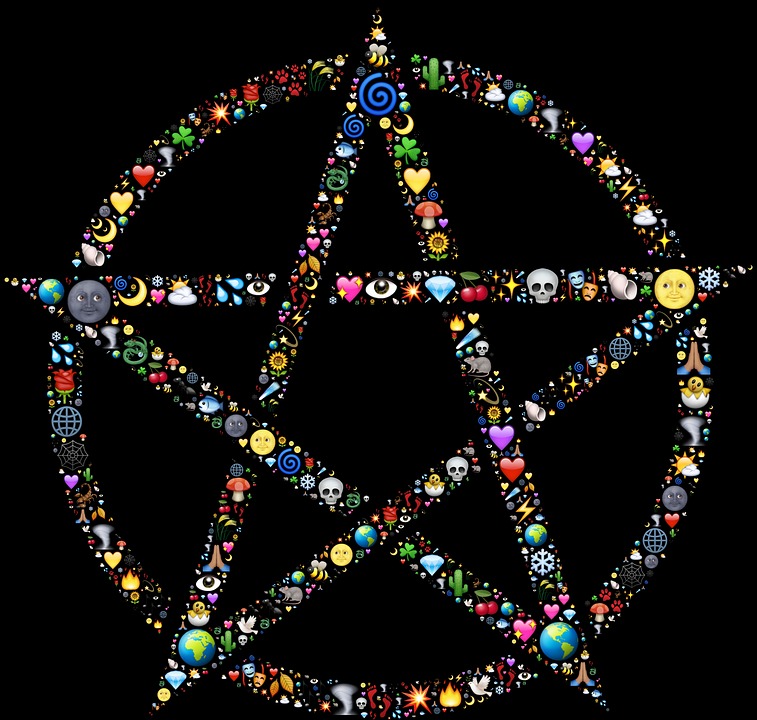
![Haroeris [Greek]](https://witchswell.wordpress.com/wp-content/uploads/2019/09/perseis-ocean-goddess.jpg?w=1200)
